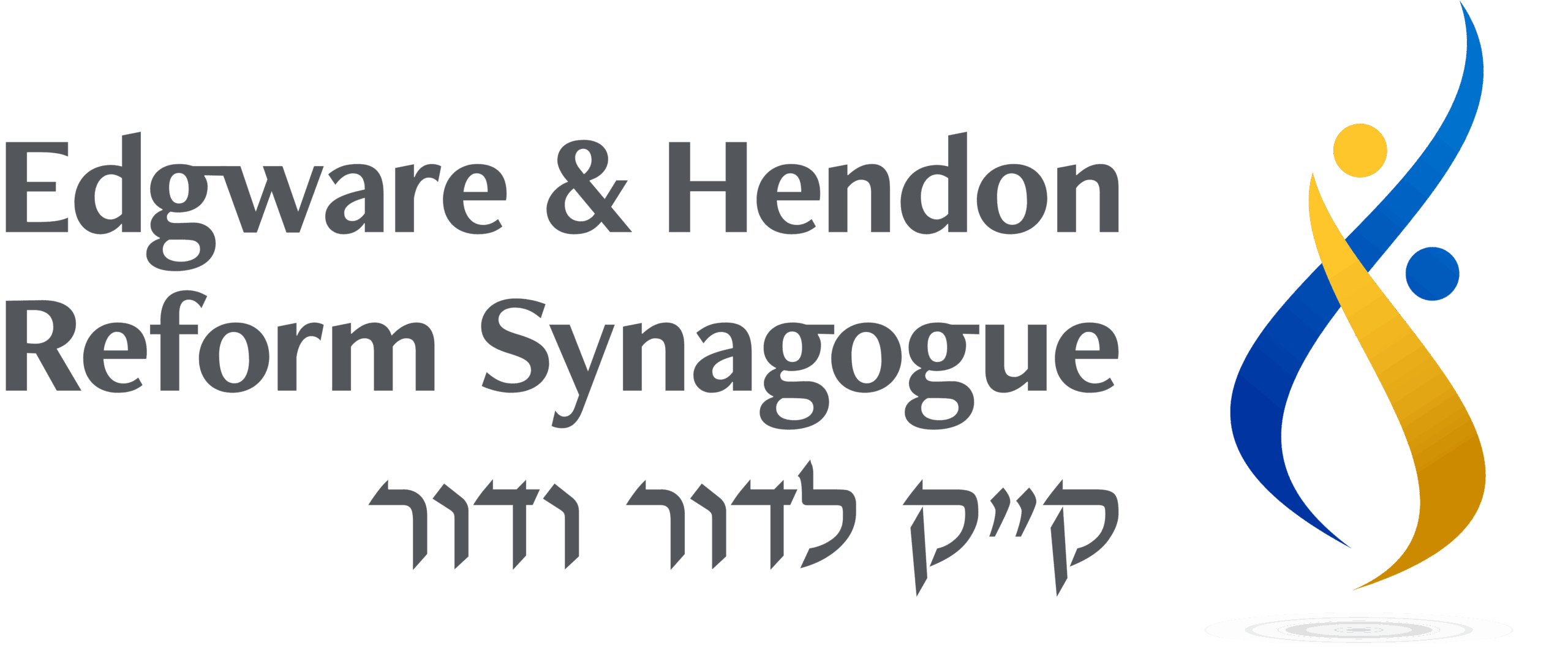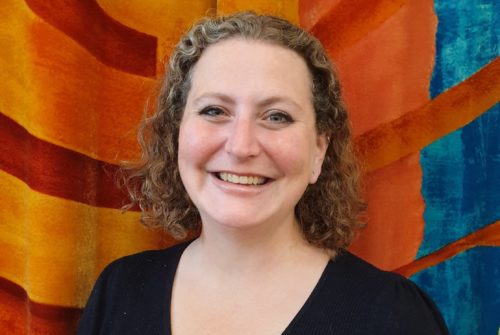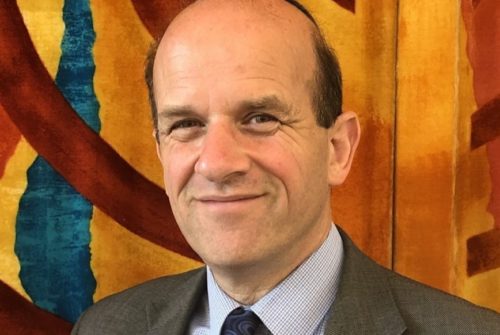It is lovely to be able to celebrate Linda’s 80th Birthday today here in shul. Philip Newfield and Stephen Somers are also celebrating 80th birthday’s this week and wanted to mark this with their community but are not able to be with us today. As Jews, celebrating when we can is an important part of life. And 80 is particularly special in our tradition. As you may have noticed on the cushion behind me, Pirkei Avot (5:21) says that 80 is the age of strength. In rare instances this may be physical strength, but I think the Mishnah means something more powerful – the strength of knowledge and experience in a fully lived life.
There has been another 80 discussed a lot this week, and one that is a rather devastating 80th anniversary. It was 80 years since the first atomic bomb was dropped on Hiroshima. Journalist Stephen Walker interviewed many of the original crew involved in the bombings of Hiroshima and then a few days later Nagasaki. They have all now died, and the number of hibakusha – the survivors of the bombing, are rapidly declining. Walker describes the devastation on the ground as seen by Charles ‘Don’ Albury – who had been a 24 year old B29 pilot. He had co-piloted both the Hiroshima and the Nagasaki missions, dropping bombs with 4 times the tonnage of those dropped on Dresden. Albury returned to Nagasaki less than 3 weeks after bombing it as a sort of tourist. He described the city as eerie, and absolute ‘devastation’. He told Walker ‘I can’t go back there. I don’t dwell on this too much.’ That was where the interview had ended, but as Walker thanked Albury, he said to him, very quietly, ‘Never again’. Or as our portion, Va’etchanan says “Do not forget the things your eyes have seen or let them fade from your heart as long as you live” (Deut. 4:9).
We have to really hope his words are prophetic, for our nuclear capabilities over the last 80 years have increased enormously. In 1961 Russia or the USSR as it was then, detonated the Tsar Bomba – which was around THREE THOUSAND THREE HUNDRED times more powerful than the bomb dropped in 1945[1]. It is almost incomprehensible that as a species we continue to develop the tools of total annihilation of ourselves. And it was not only Albury who had to learn to live with himself after Hiroshima. I have often been moved by the words of Oppenheimer, the German Jewish refugee who played a key role in developing The Bomb. Oppenheimer said, in remembering what it had been like watching the bomb he had helped to design detonate:
“We knew the world would not be the same…
A few people laughed, a few people cried, most people were silent
I remembered the lines from the Hindu scripture, the Bhagavad Gita
Vishnu was trying to persuade the prince that he should do his duty
And to impress him takes on his multi-armed form and says
“Now I am become death, the destroyer of worlds.”
I suppose we all thought that, one way or another”
Ari Beser, a Jewish journalist whose grandfather, Jacob Beser, flew on both missions over Japan as countermeasures officer, wrote in 2015, marking the 70th anniversary, about a project he had become part of alongside many hibakusha. It was known as the Peace Boat, and together Americans and Japanese, who both inflicted so much pain and damage on one another during the second world war, travelled from port to port giving talks about the dangers of war and the importance of reconciliation and nuclear disarmament.
It struck me this week that this is an interesting mirror to hold up to our Jewish calendar. On Saturday night and Sunday we marked Tisha B’Av, the commemoration of the destruction of both Temples and of Jerusalem, which ripped the heart out of the Judaism of it’s day and caused unbelievable human suffering. The date has also become associated with several other Jewish tragedies and massacres, and is a time for us to hold that historic pain collectively. We are living through a time of collective pain again, and it may be that the Japanese and American work at reconciliation, as well as other models from around the world, will need to be part of the healing process in the decades to come.
Although we have just marked this intense period of mourning, today is a rather different kind of day. It is Tu B’Av – the 15th of Av, synonymous with a sort of Jewish Valentines day! It reminds us that after destruction, life, and love, do return. Our haftarah this week is the first of 7 haftarot of consolation or comfort, that lead us directly up to Rosh Hashanah – our chance to make a change and have a fresh start. Love and healing and change take time and effort, but 80 years on from Humanities bloodiest and most devastating war, the work remains essential. On Tisha b’av we mourn the destruction of the first two temples. In the prayer we are about to recite, we imagine the coming of a messianic age, when some hope for a third temple to be rebuilt. If it is, let us hope it is a centre that matches our prayers in the aleynu as a place of unity for all humanity, and is, in the words of Isaiah 56, a place of worship for all people’s. But as Progressive Jews we tend not to believe in an individual who might come along and make all this happen – it is our task, day after day, to create the world as we would like it to be.
Moses was not, as depicted in the Prince of Egypt, a young man when he first approached Pharoah to let the Israelites go. He was, in fact, 80. This may not be what our birthday celebrants want to hear, but this suggests that we all need to remember it is never too late to make a real difference. May we all be blessed to reach the age of special strength, and to use that strength for blessing and good, both individually and collectively! Shabbat Shalom!
[1] How Big Are Nuclear Bombs Compared to Hiroshima? A Comprehensive Guide – compare.edu.vn


